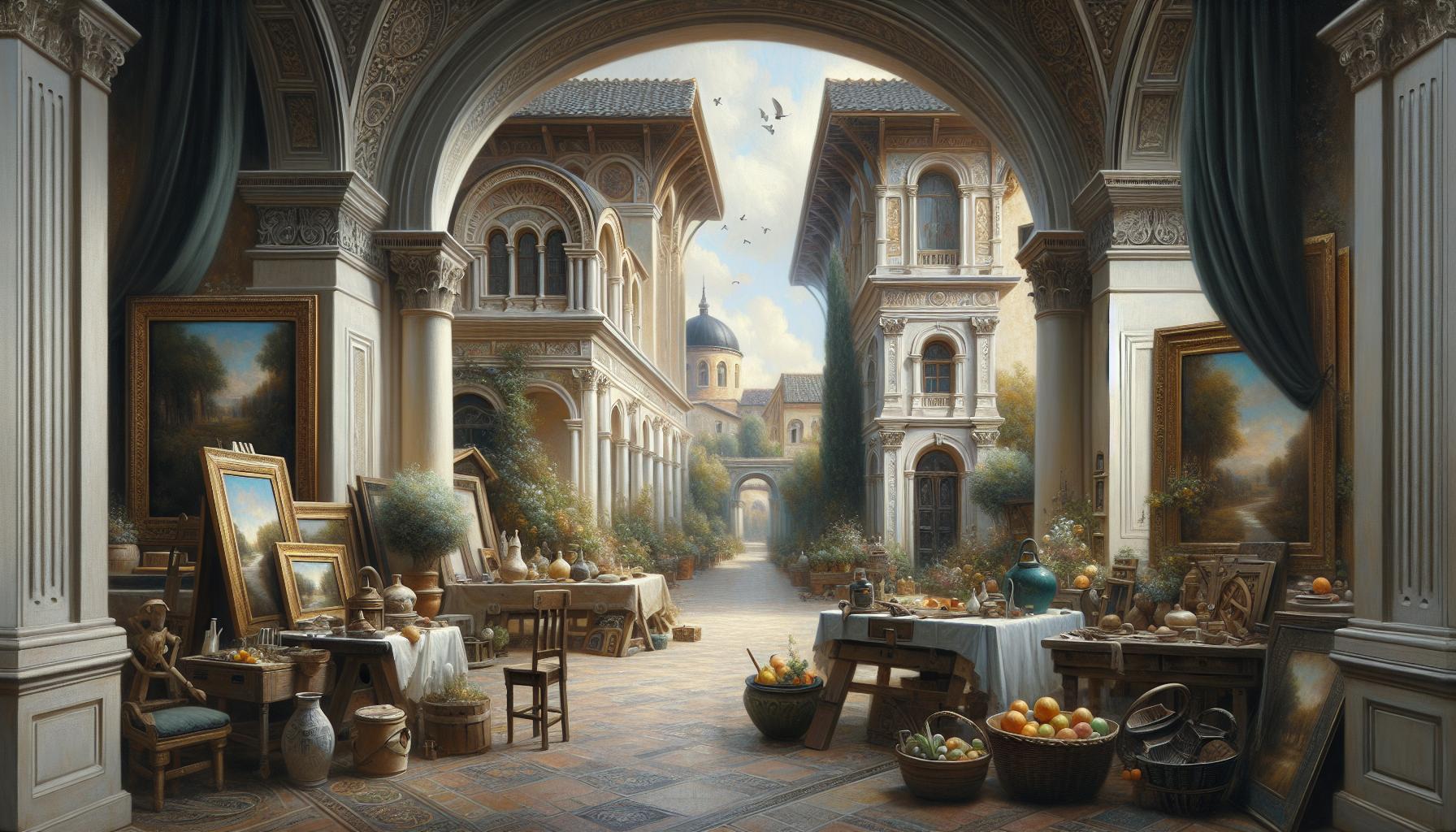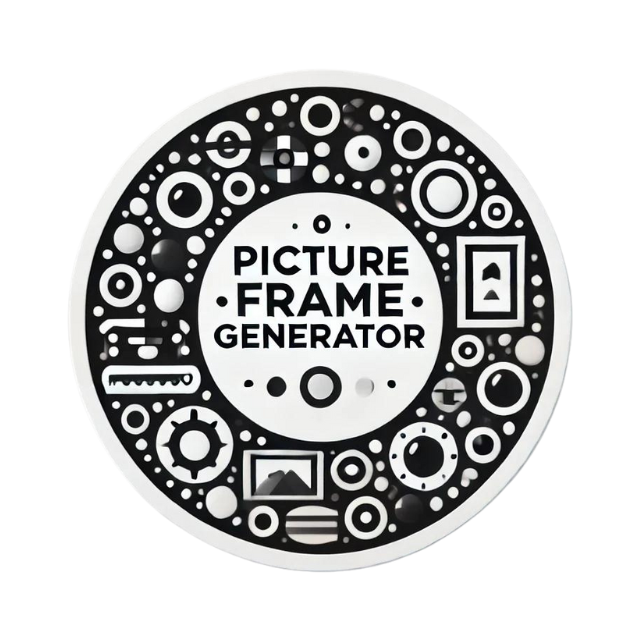Advanced Oil Painting Techniques for Professional Artists

As professional artists, the pursuit of mastery in oil painting never truly ends. The depths you can reach with advanced techniques like complex layering, glazing, and creating textural effects are nearly limitless. This blog will delve into these sophisticated techniques, offering insights to help you elevate your work to the next level.
The Art of Layering
When we talk about layering in oil painting, we refer to the practice of building up the surface of the painting through multiple applications of successively thinner layers.
This process starts with an underpainting, usually done in a single color to establish values and forms. There are several approaches to underpainting, but one of the most commonly used is the "grisaille" technique, which uses shades of gray to create a monochromatic version of the final painting.
The layers that follow are often referred to as the 'fat over lean' rule, where each successive layer contains slightly more oil. This principle ensures a stable and crack-free painting, as the more flexible layers are built over the less flexible ones.
Mastering this technique requires a deep understanding of the properties of your materials. For instance, opting for a slower-drying medium like walnut oil in the underpainting can give you a longer working time to refine details.
The Intricacies of Glazing
Glazing is a technique that involves applying thin, transparent layers of paint over an existing layer to alter the appearance of the colors. This method is particularly effective for creating depth, luminosity, and subtle color variations that are hard to achieve with direct painting.
To successfully work with glazes, you need to prepare by using a medium like linseed oil, stand oil, or a commercial glazing medium. Typically, the paint for the glaze should be mixed to a watery consistency, but with enough binder to spread smoothly over your surface without beading up.
One of the key aspects of glazing is allowing each layer to dry completely before applying the next. This patience pays off by achieving a glossy, enamel-like finish with vibrant colors and profound depth.
Leveraging Textural Effects
Creating texture in oil paintings can add dimensionality and interest that draw the viewer’s eye. There are various techniques to introduce texture, from the use of palette knives to the incorporation of impasto and sgraffito methods.
Impasto involves layering thick, opaque paint onto the canvas, often leaving visible brush or knife strokes. This method can emphasize the physical quality of the paint and add a tactile element to the piece. Using none but the highest quality pigments and mediums is essential, as cracks form more easily in thicker applications of lower-grade paints.
Sgraffito (derived from Italian meaning 'to scratch') is a technique where layers of wet paint are scratched through to reveal the underpainting or canvas beneath. This method is particularly useful for intricate details and adds an element of surprise and spontaneity to the work.

Textures can also be built up by employing mixed media techniques, such as incorporating sand, fabric, or even organic materials into your work. The options are limited only by your imagination and the boundaries of permanency and archival quality.
Integrating Layering, Glazing, and Texture
Advanced oil painting often requires a synthesis of these techniques. A single work might start with a layered underpainting, proceed with detailed glazes, and finish with textured elements.
Step-by-Step Example Project:
- Preparation: Start with a detailed drawing on a toned canvas.
- Underpainting: Implement a 'grisaille' method using a quick-drying medium and monochromatic palette. Pay close attention to light and shadows.
- First Layer: Apply your first layer of color, following the 'fat over lean' rule. Use slightly thinned paint.
- Glazing: Once the first color layer is completely dry, start adding glazes to build color complexity. Remember to let each glaze layer dry thoroughly.
- Texture: Once the glazes have achieved the desired depth, begin incorporating textural elements. Use thick impasto strokes and sgraffito for surface variation.
- Final Touches: Integrate soft glazes as needed and refine any details using small brushes or palette knives for highlights and finer textures.
Troubleshooting and Tips
When engaging in these advanced techniques, it’s crucial to anticipate and troubleshoot potential issues. For instance, improper layering might lead to a phenomenon known as 'sinking in,' where the lower layers absorb upper layers, resulting in dull patches. To counter this, ensure each layer is completely dry before moving on to the next and consider using an isolation coat of varnish between layers.
Additionally, be mindful of using too much medium in your glazes, as this can lead to an over-oiled and overly glossy final surface. Balancing the amount of medium to paint ratio takes practice but is key to achieving the translucence that makes glazing so effective.
Conclusion
Advanced oil painting techniques like complex layering, glazing, and texturing are invaluable tools for professional artists seeking to deepen their practice. The key to mastering these methods lies in understanding your materials, exercising patience, and continuously experimenting. These techniques each bring their unique richness to your work, allowing for endless stylistic potential and artistic expression.
Experiment with these techniques, pushing the boundaries of traditional oil painting processes and incorporating your unique voice into every stroke. As you explore these advanced methods, you'll find richer colors, deeper textures, and more engaging compositions that captivate and endure.
Combining technical skill with artistic intuition will open new avenues in your creative journey, leading to ever more sophisticated and compelling artworks. Happy painting!
